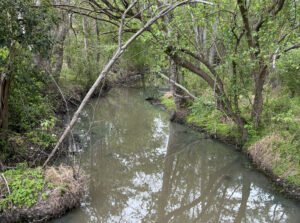News
Neuse named American Rivers' River of the Year!
Posted on October 17th, 2022
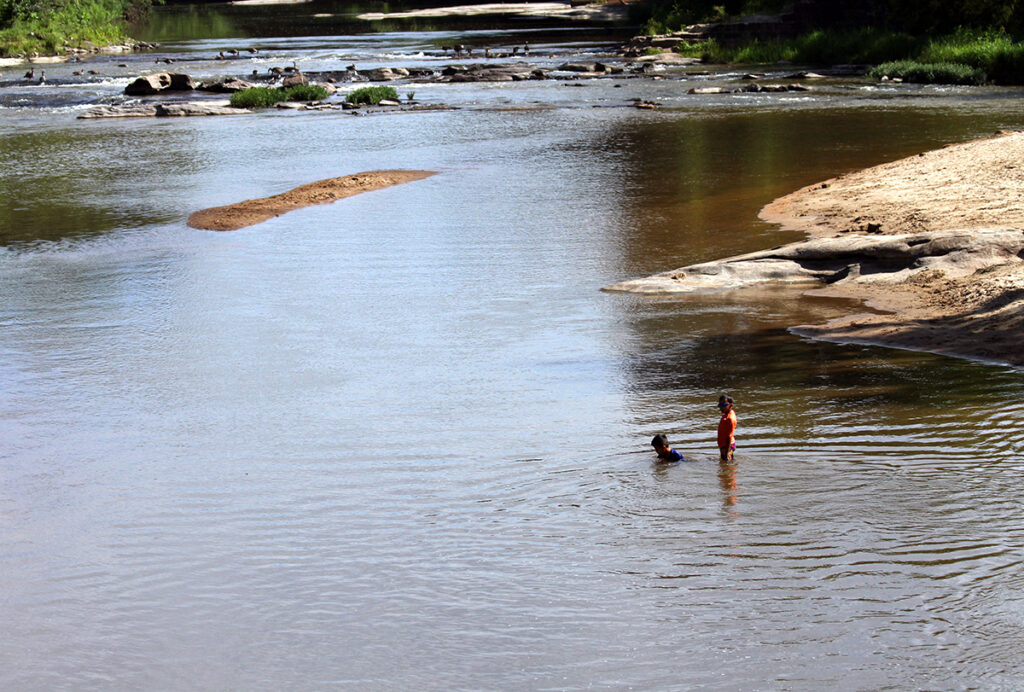
Fifty years ago, the Neuse River was in trouble. Polluted by textile mills and other manufacturing, sewage, runoff from both cities and farms, the Clean Water Act came to the Neuse’s rescue, spurring the long process of cleaning up the river.
On the 50th anniversary of the Clean Water Act, the Neuse River is prime example of the successes available through this groundbreaking, water-saving legislation. It’s also a testament to the challenges that remain, as well.
And that’s why American Rivers has selected the Neuse as its River of the Year.
“River of the Year is a celebration of the value an iconic American river provides to the communities that depend on it. The Neuse River has been at the forefront of restoration efforts that have their roots in the federal Clean Water Act, as well as showing the continuing need for the Clean Water Act to be refined, to deliver on the promise of clean water for communities of color that have faced systemic environmental injustice and continue to bear the brunt of river pollution and increased flooding,” said Peter Raabe, American Rivers’ director if its southeast region. “There are numerous success stories that can be told across the entire watershed and there is a core set of people that passionately advocate for the river in those places where more work is needed. It is a jewel that the whole country should know about.”

WATER WINS
It took more than two decades to make it happen, but in 1997, North Carolina’s Environmental Management Commission declared the Neuse River “nutrient sensitive waters” and a plan adopted to dramatically reduce the amount of nutrient pollution flowing into the river.
At the time, the nutrient management strategy was hailed as “a landmark piece of basin-wide water-quality planning,” establishing riparian buffer requirements, reducing the collective total nitrogen load by 30% for both wastewater dischargers and agricultural operations, requiring 10 municipalities and five counties along the Neuse to develop, adopt and implement stormwater control management programs, as well as any entity fertilizing more than 50 acres of land — be it cropland or golf course — to comply with the nutrient management practices adopted.
“What drove all of those rules and resulted in a pretty massive nutrient reduction in the Neuse was the Clean Water Act. The nutrient rules were state rules, but they were borne out of the Clean Water Act because the state was failing to meet the federal standards,” said Sound Rivers’ Neuse Riverkeeper Samantha Krop. “There were significant investments to wastewater treatments plants, particularly in large cities.”
Another win — this one more recent — centered around coal ash. Despite Duke Energy subsidiaries pleading guilty to nine criminal violations of the Clean Water Act in 2015 after a massive coal ash spill into the Dan River the prior year, coal ash inundated the Neuse after Hurricane Matthew in 2016 and Hurricane Florence in 2018, sending heavy metals such as arsenic, chromium and mercury into the river just 10 miles upstream from the City of Goldsboro’s municipal water intake.
With the Clean Water Act at its foundation, a 2020 settlement between the North Carolina Department of Environmental Quality and Duke Energy resulted in what the state described as the largest coal ash cleanup in the nation’s history: nearly 80 million tons of coal ash to be excavated from six of the utility’s coal-fired power plants, including at the H.F. Lee plant on the Neuse.
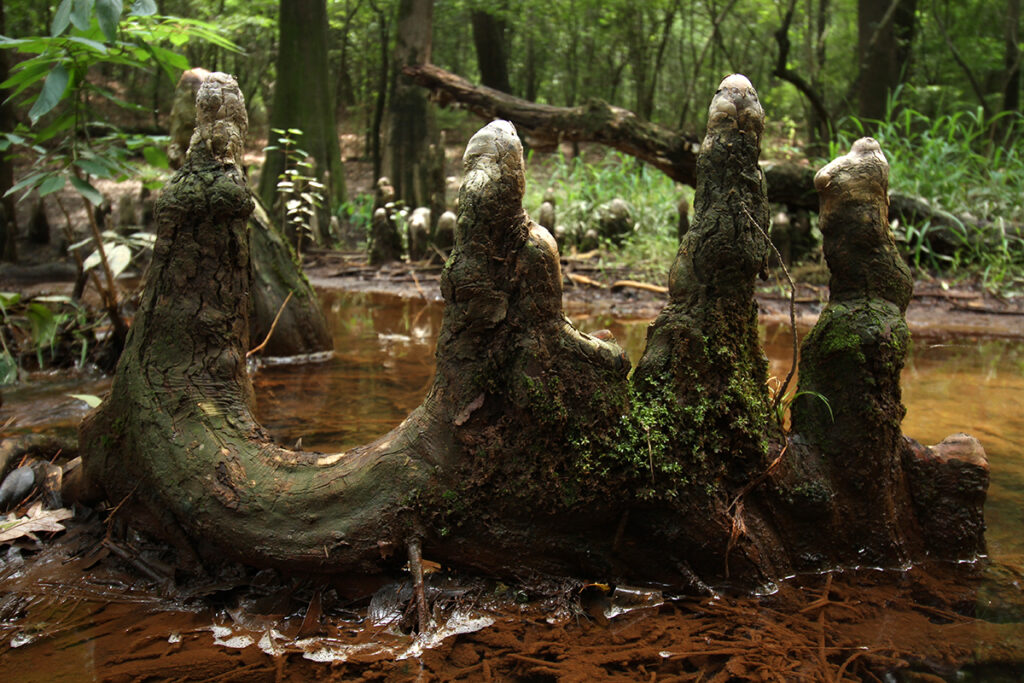
A WAYS TO GO
While there have been successes along the Neuse, the Clean Water Act has not lived up to its full potential here.
It’s been under this rule of law that the rise of the CAFO (concentrated animal feeding operation) industry has thrived, and, in some places, polluted groundwater, surface water and air quality, negatively impacting the health of a rural communities.
“It’s never been used in a way that lessens the burdens of frontline communities. We are still failing massively in that low-income and communities of color continue to bear the brunt of pollution and flooding that’s exacerbated by climate change,” Krop said, noting that this applies to not only the Neuse, but the Tar-Pamlico, as well. “States and the federal government have fairly broad authority to fix that. They have the ability to address this situation, but they don’t in any meaningful way.”
Pamlico-Tar Riverkeeper Jill Howell agrees, adding that the anti-degradation clause in the Clean Water Act requires waterbodies to meet the use they’re intended for, but what’s not taken into consideration is cumulative impacts, such as non-point sources of pollution — stormwater runoff, sewage spills caused by flooding, aging infrastructure or both combined, spills from confined animal feeding operations into local waterways.
“Things like that are hard to catch and hard to assess because they’re so disparate,” Howell said. “We are not addressing the cumulative impacts and that’s where the law fails — they fail at looking at all of it together.”

A CLEAN WATER FUTURE
Like American Rivers, Sound Rivers celebrates the Neuse’s progress, but important work is still ahead. The Neuse River shows both what’s possible with strong federal clean-water safeguards and how those safeguards must do a better job to create a just, equitable, climate-resilient future for the millions who rely on the river for drinking water, water to fish in and water to swim in.
With the U.S. Supreme Court considering limiting the reach of the Clean Water Act, federal clean-water protections could be in jeopardy.
“We still need to defend the Clean Water Act. We don’t want to live in a world where it’s gone because strong, federal clean-water laws are essential,” Sam said. “Now is not the time to turn back the protections to clean water.”
Not now, and not ever — for this year’s River of the Year and every American river.
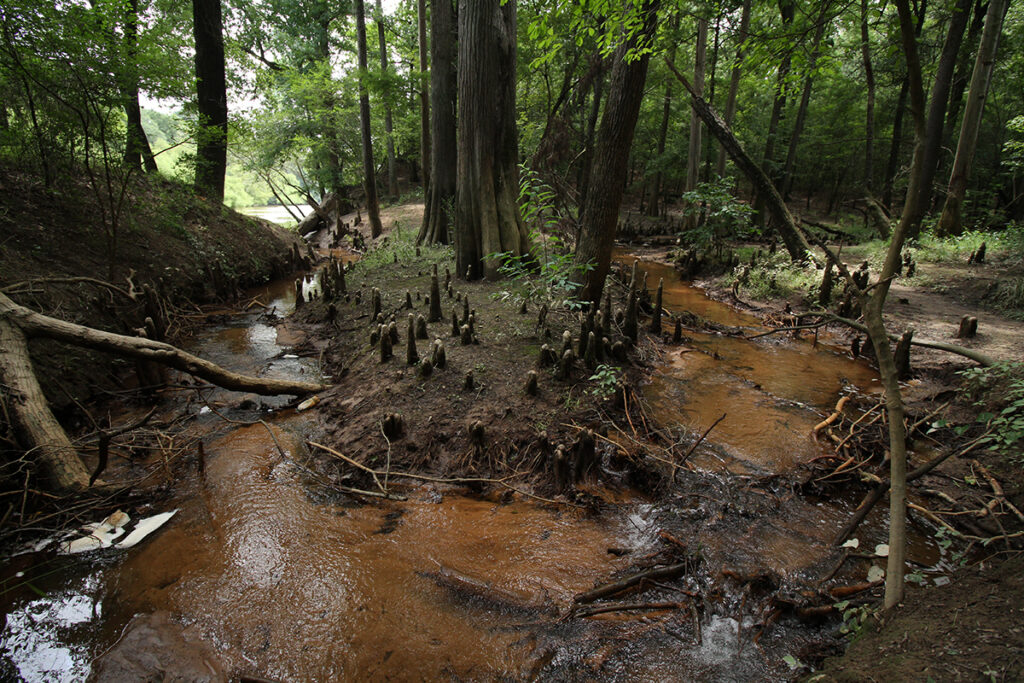
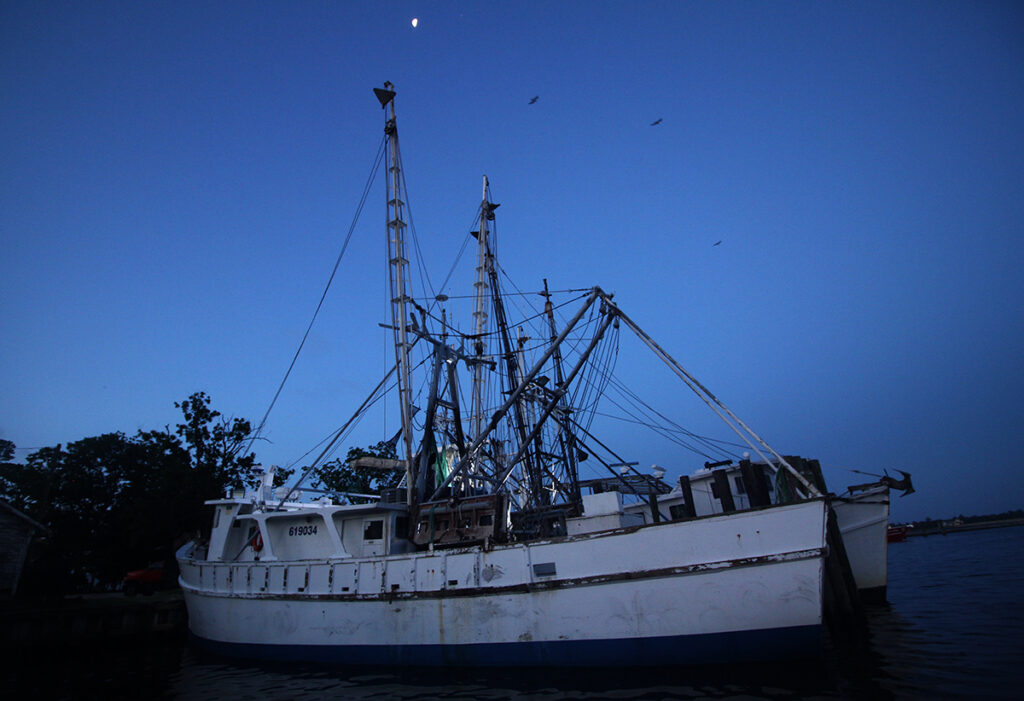

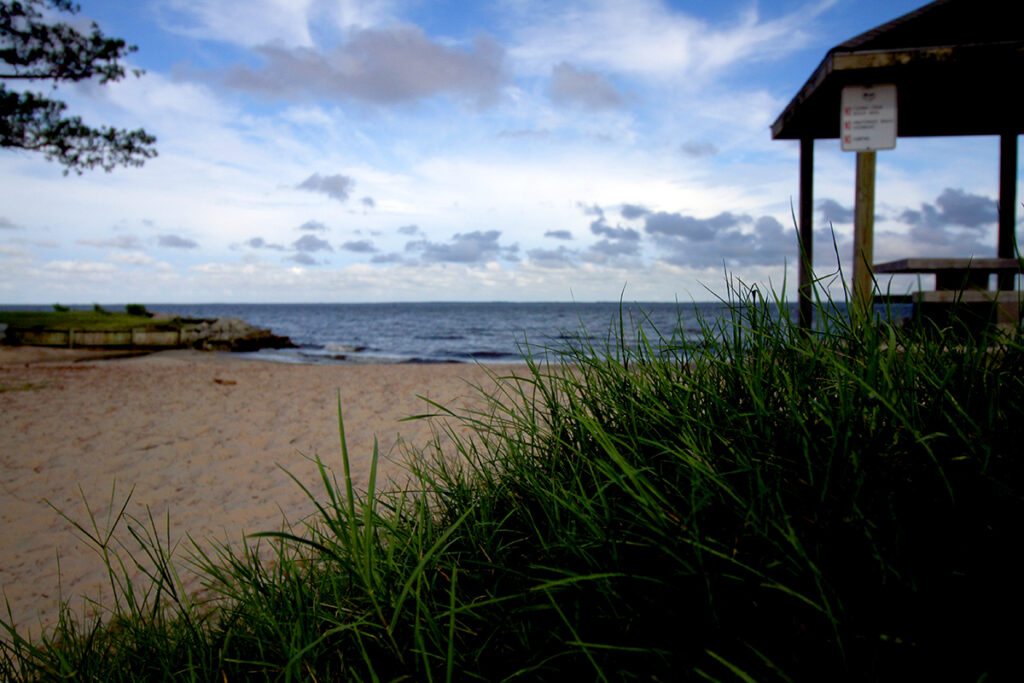

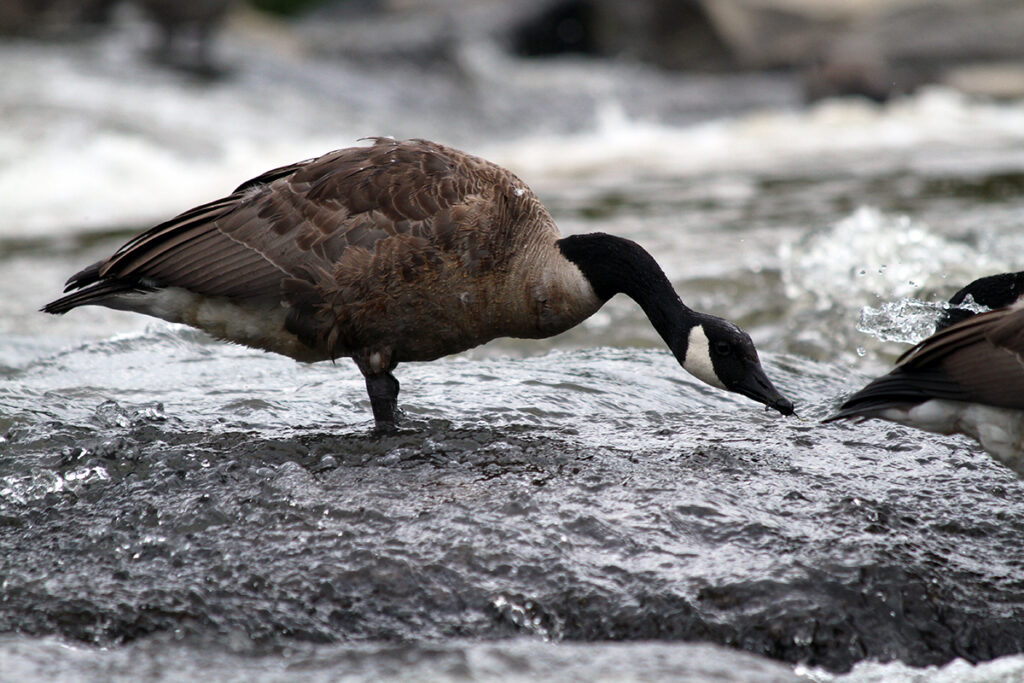
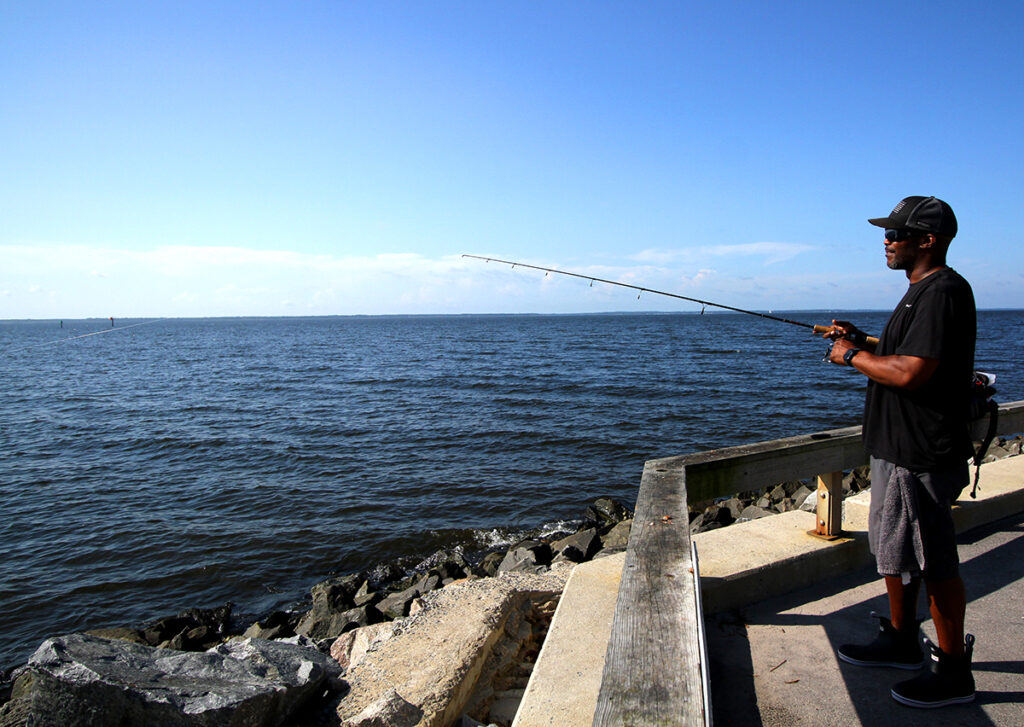
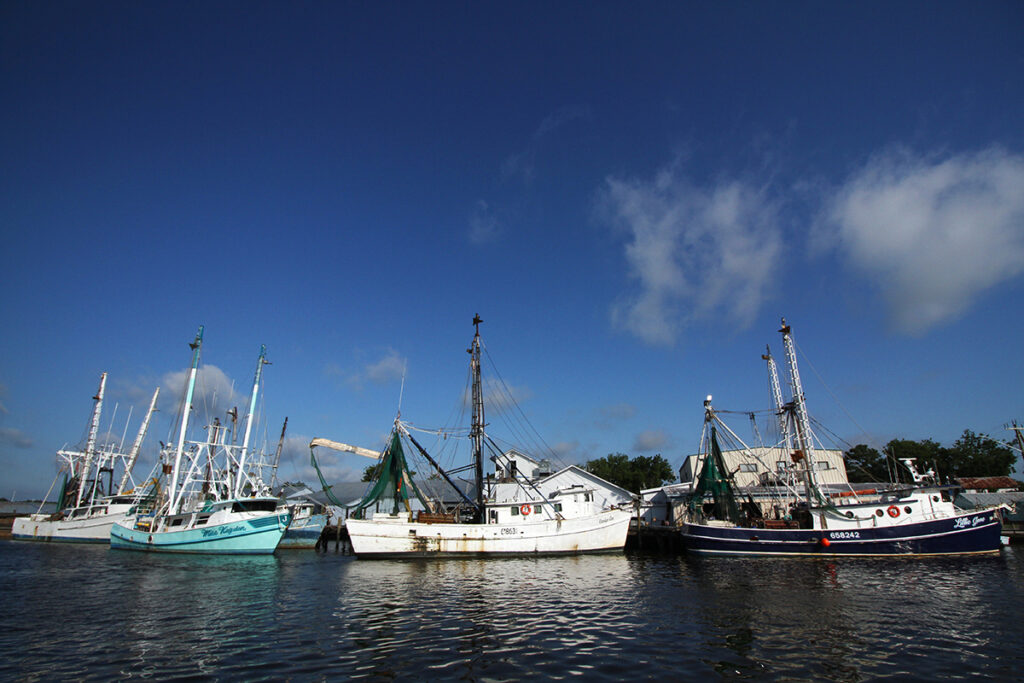
Related News
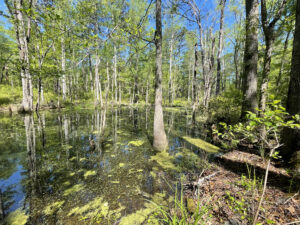
Tell NC to restore wetlands protections!
April 19th 2024
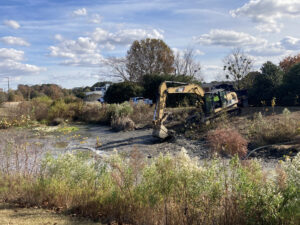
Position available: Stormwater Education Coordinator
April 18th 2024
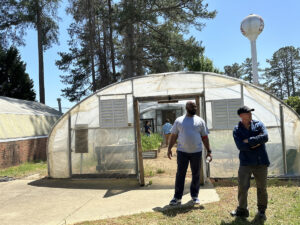
Southern Nash next in line for stormwater projects
April 18th 2024
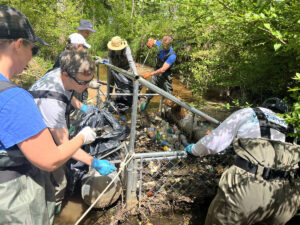
Xylem, Sound Rivers team up for cleanup
April 18th 2024
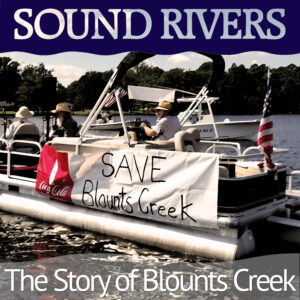
Sound Rivers launches new podcast
April 18th 2024
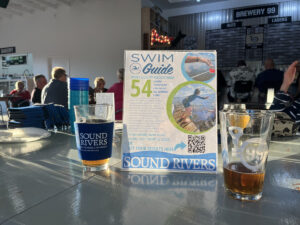
Swim Guide gearing up for a seventh season
April 11th 2024
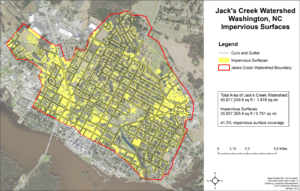
Feedback needed for Jack’s Creek plans, projects
April 11th 2024

Pamlico-Tar Riverkeeper talks water quality
April 11th 2024
